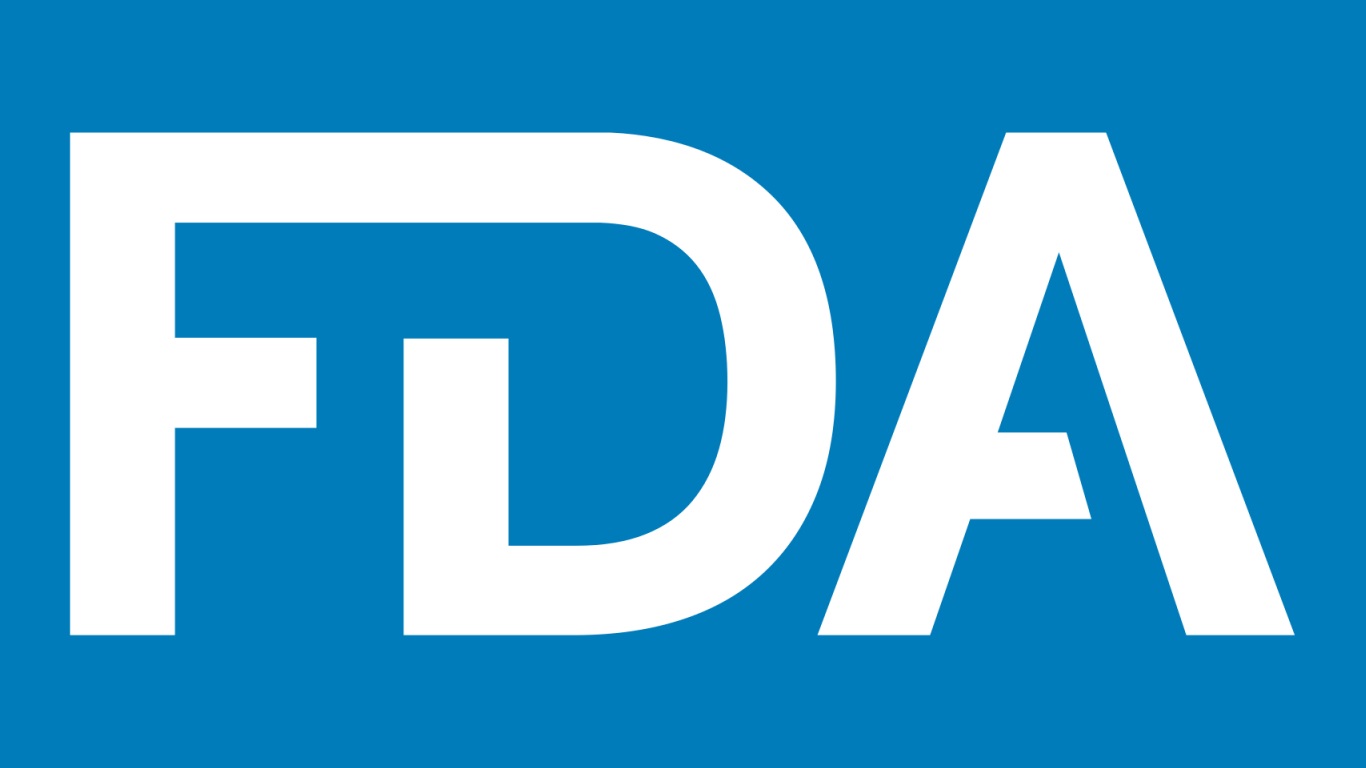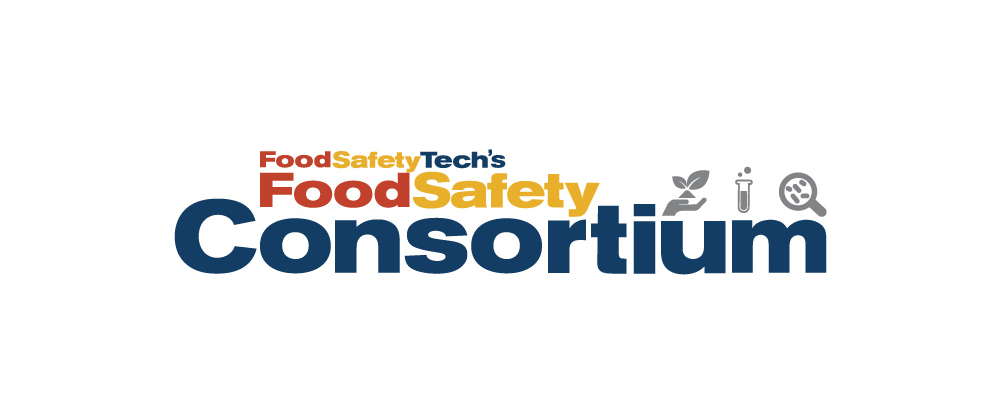Food safety is a primary concern worldwide. On a national scale, the U.S. Food and Drug Administration earmarked $44.8M for food safety in the President’s FY2022 Budget Request, with more than half of that funding going to the New Era of Smarter Food Safety initiative—a blueprint for the use of new and emerging technologies and approaches.
The New Era of Smarter Food Safety is centered around four core elements:
- Tech-enabled Traceability
- Smarter Tools and Approaches for Prevention and Outbreak Response
- New Business Models and Retail Modernization
- Food Safety Culture
These foundational pillars cover a range of technologies, analytics, business models and values. Working together, these elements help create a safer and more traceable food system.
The focus on food safety culture is particularly interesting. The FDA calls upon restaurants and food service providers to define food safety culture goals, and to develop and launch internal training on the principles of food safety, starting with education on the tools available for food safety with a particular focus on tools that assess and measure progress.
Creating that safety culture is critical to any brand in food service. Employees, equipped with the proper tools and procedures, are on the front lines of food safety: from ensuring proper food storage and refrigeration, to keeping food prep areas and utensils clearly marked, clean and sanitary, and cooking food to safe temperatures.
According to the Safe Food Alliance, food safety culture refers to the specific culture of a facility: the attitudes, beliefs, practices and values that determine what is happening when no one is watching. A strong culture of food safety helps a facility both prevent and catch deviations in their processes that can impact the safety, quality and legality of their products.
How to Maintain Cleanliness and Service Standards
Yet a food safety culture alone is not enough. Equip your employees for success by providing the proper tools and training. For new employees, training should include: education of the restaurant’s cleanliness and service standards, where these standards are derived from (i.e. FDA Food Code), the purpose of restaurant inspections and the consequences of receiving a food code violation.
Starting with the basics, employees should carefully inspect the kitchen, eating and dining areas, as well as restrooms, to make sure the restaurant meets legal health requirements and store-implemented standards. Implementation of the FDA food code ensures cleanliness and food safety practices, including the most current science, technology and legal precedents. Adhering to these guidelines enhances the customer and employee experience by reducing the risk of foodborne illnesses, and the likelihood of physical injury.
Maintaining cleanliness and service standards can be difficult, and the tasks required for food safety can be cumbersome for employees. Manual checklists can help ensure tasks are completed. Newer technologies, such as digital checklists, can further streamline food safety tasks, with compliance and visibility into whether procedures are being diligently followed and completed.
One major challenge of using manual/paper checklists is the lack of transparency in completion rates and quality of tasks. This is especially true for operators of multiple locations. Digital checklists can require employees to provide managers with evidence of task completion—signing a form or capturing a task completion photo.
A manager also can assess the state of restaurant cleanliness and predict threats to food safety and customer satisfaction remotely. For example, if a manager identifies that the tables in the customer seating area are overdue to be wiped down, they can alert employees to this issue.
Having a digital record of completion provides managers confidence that their procedures are being followed, especially when it comes time for restaurant inspection. These insights also allow managers to refine employee education. With effective implementation, these good habits will become routine.
Without an accurate view of operations, food safety and restaurant cleanliness standards cannot be accurately assessed. Eventually, these inconsistencies may cause unforeseen customer service conflicts and food code violations.
Establishing a food safety culture, backed by routine and technology tools, will help your team develop the habits needed to achieve and maintain the high level of cleanliness and service standards required to prevent foodborne illness and increase customer satisfaction.















